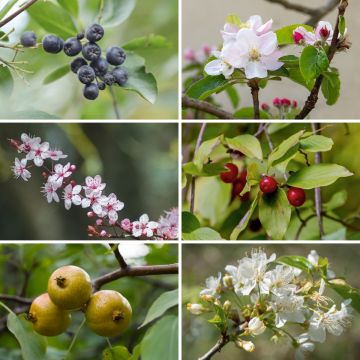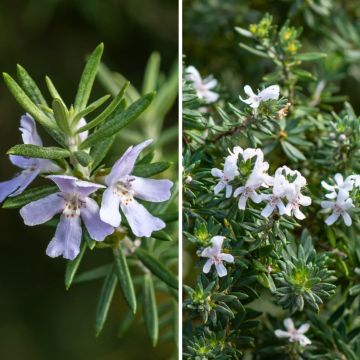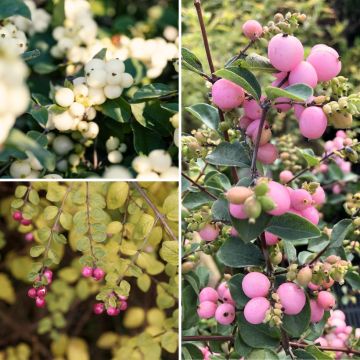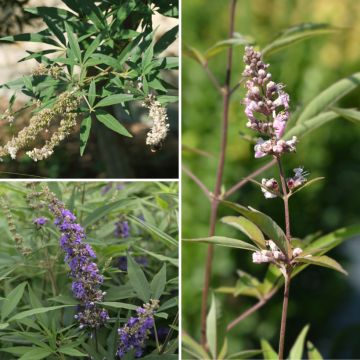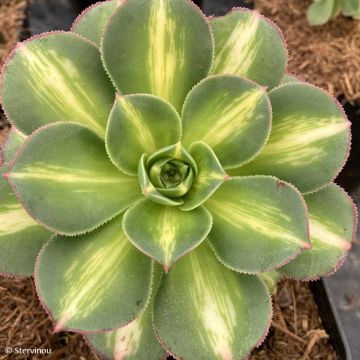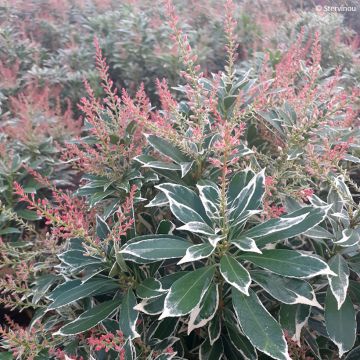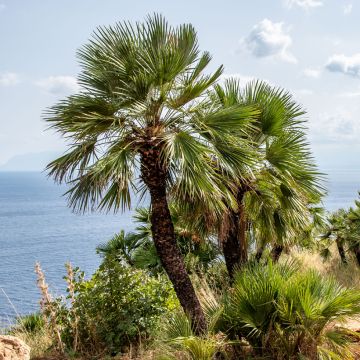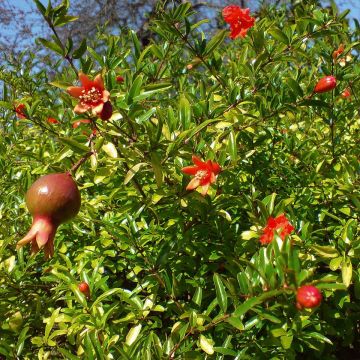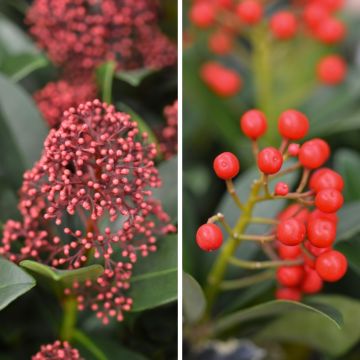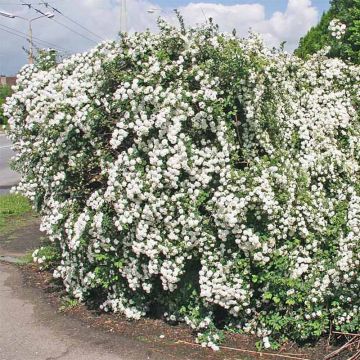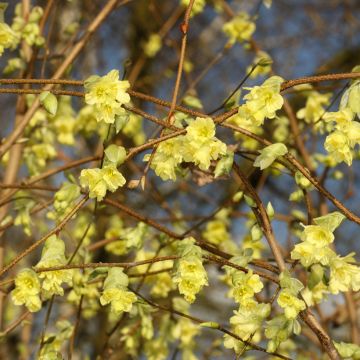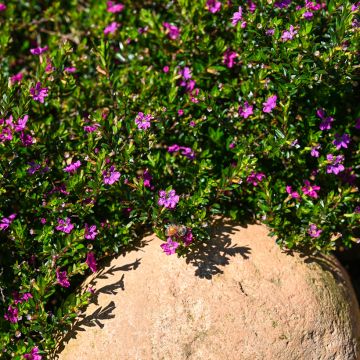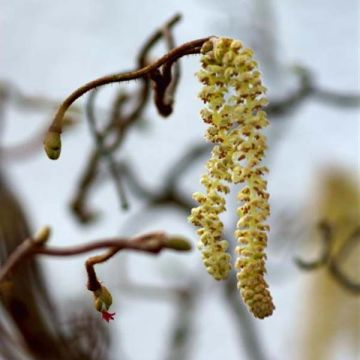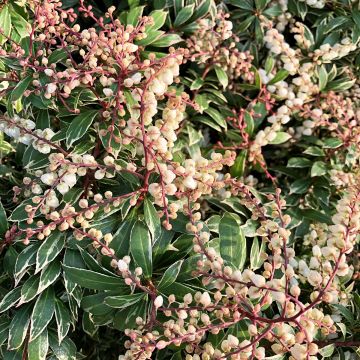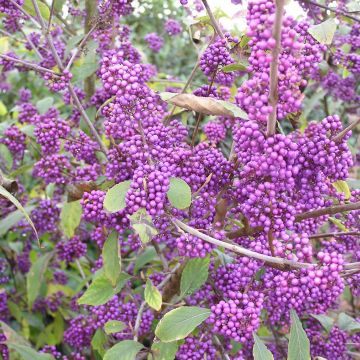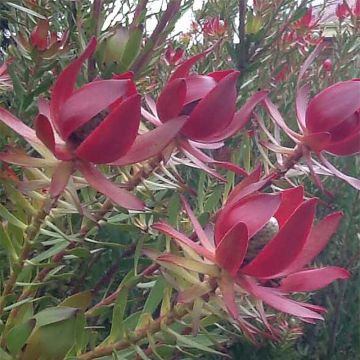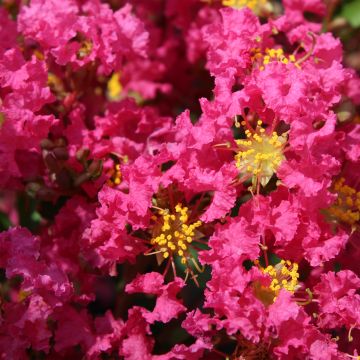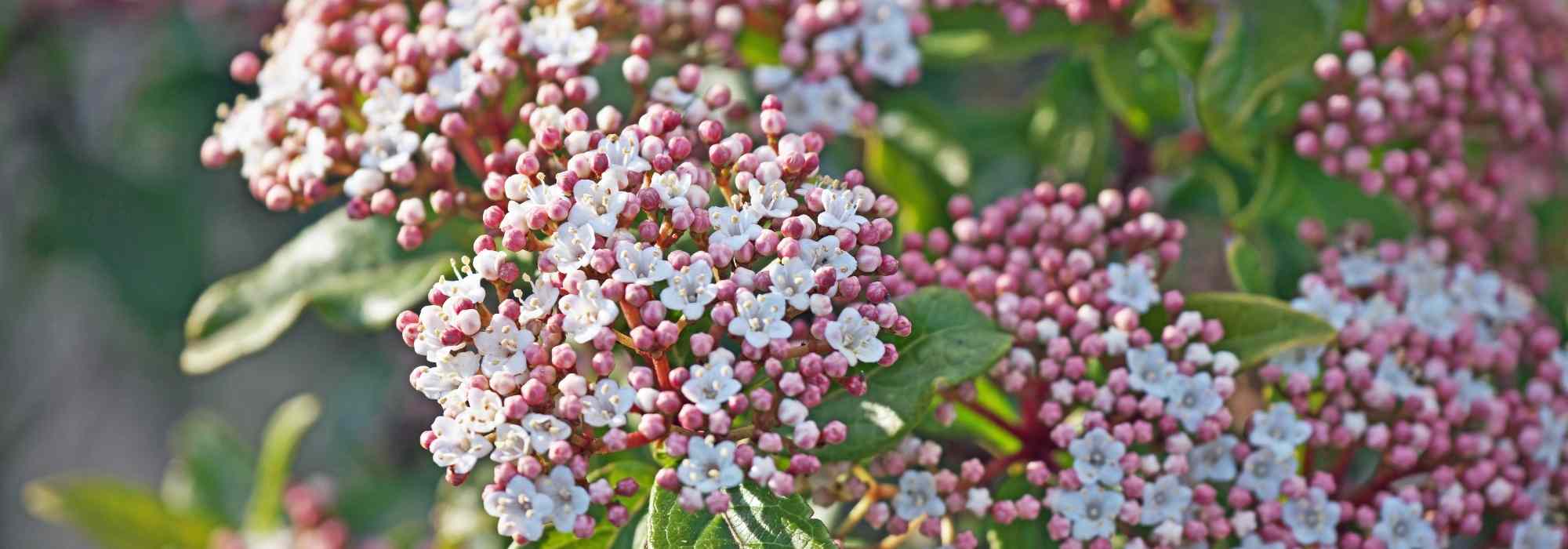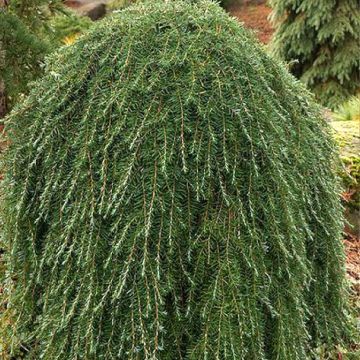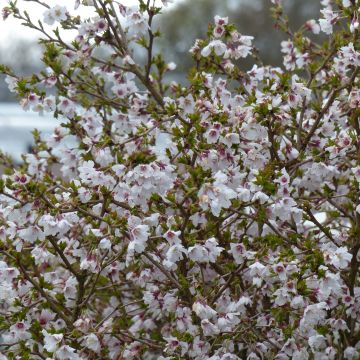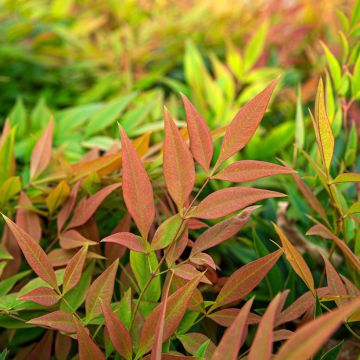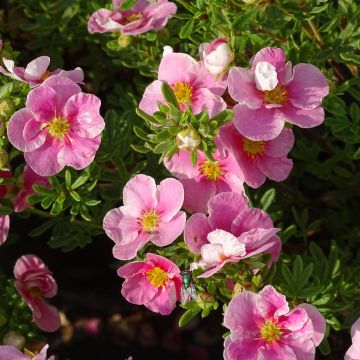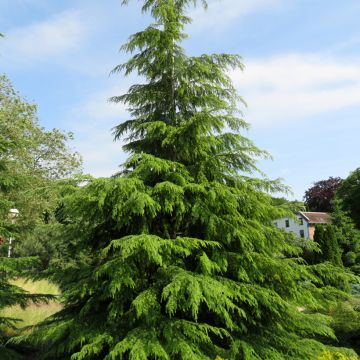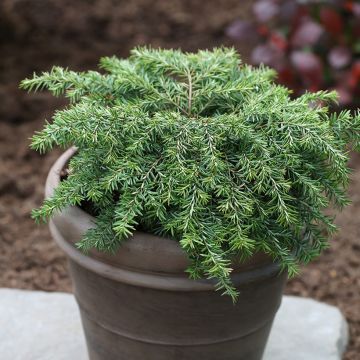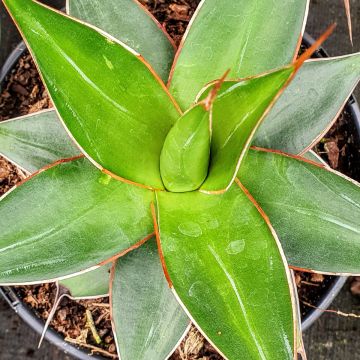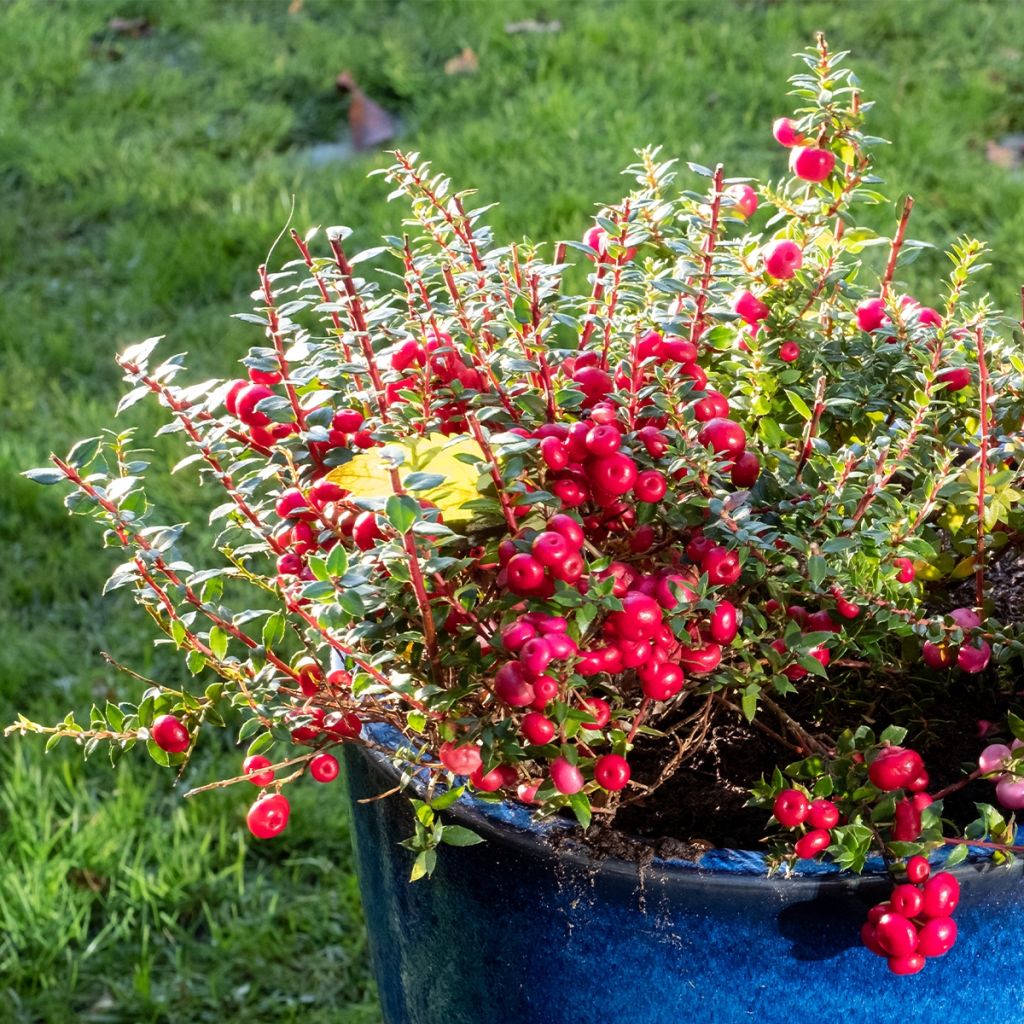

Pernettya mucronata
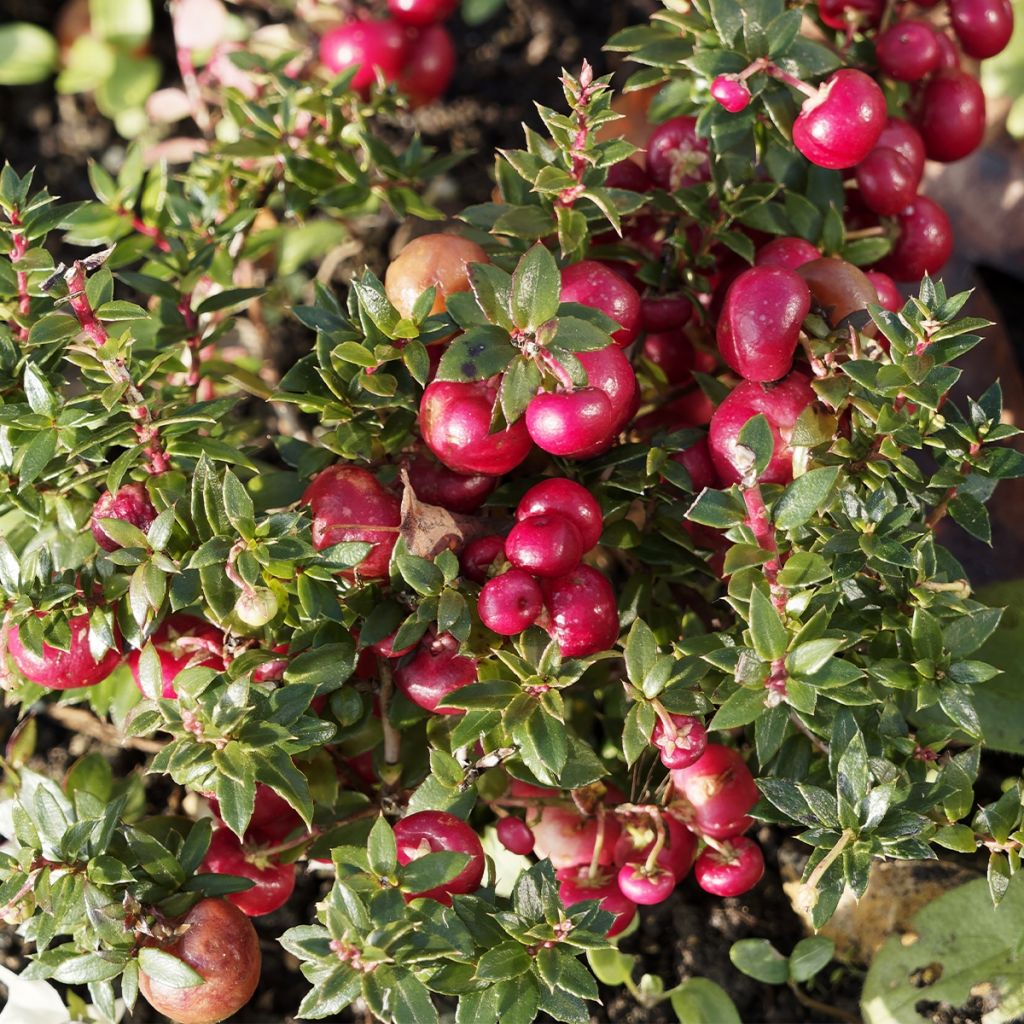

Pernettya mucronata
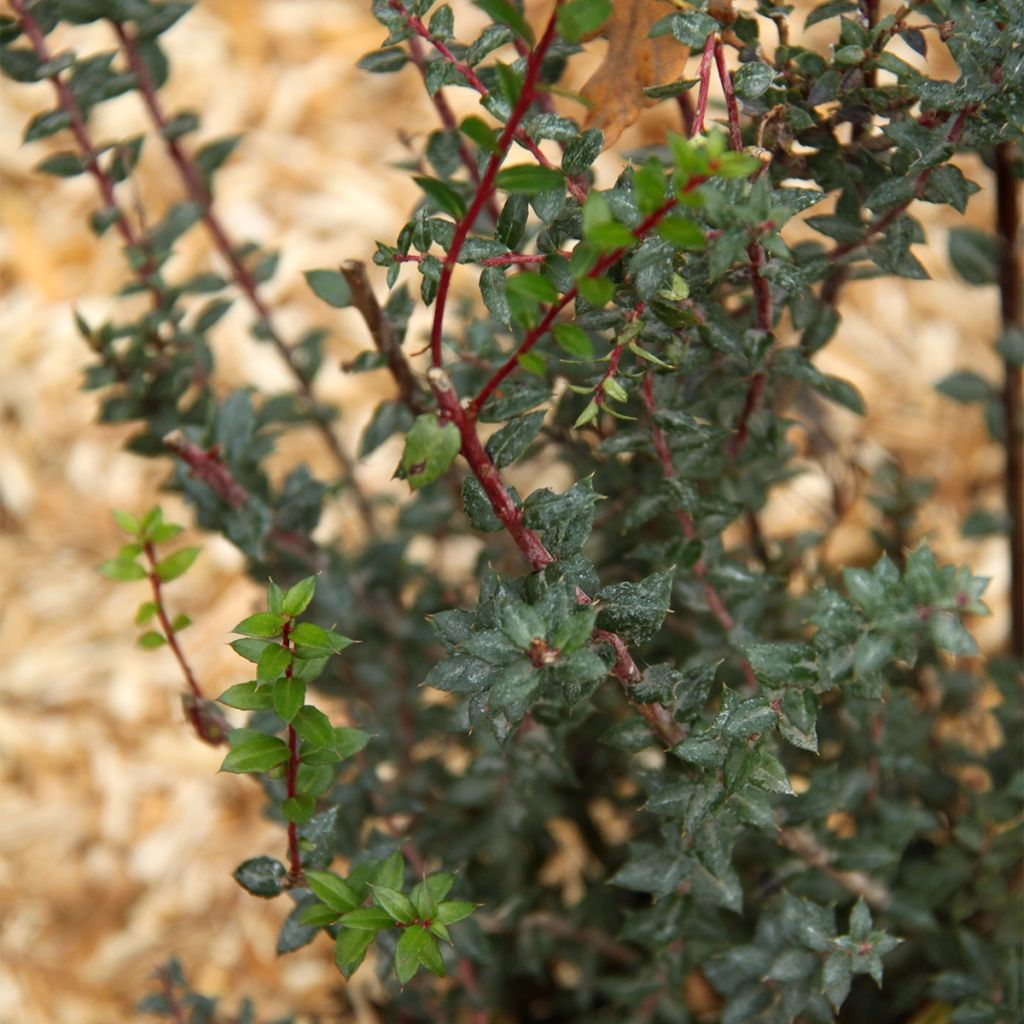

Pernettya mucronata
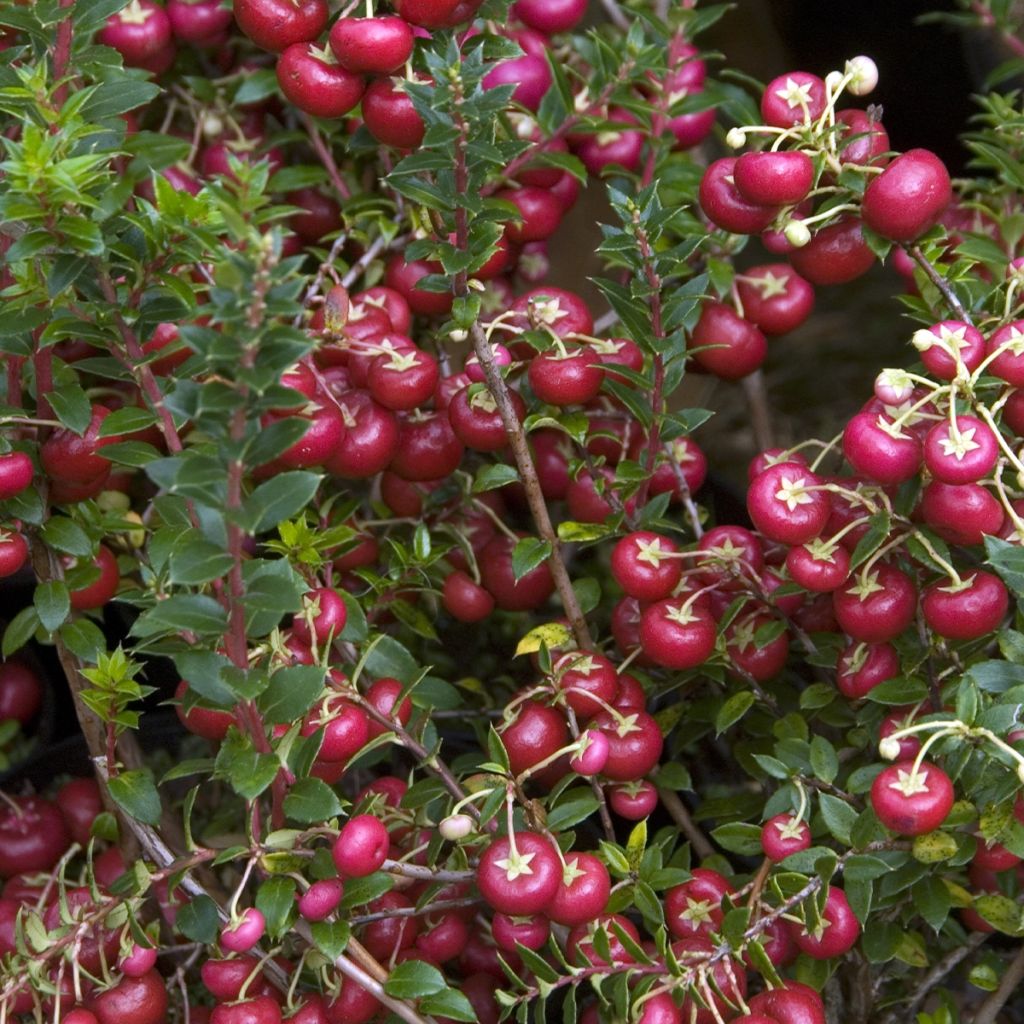

Pernettya mucronata
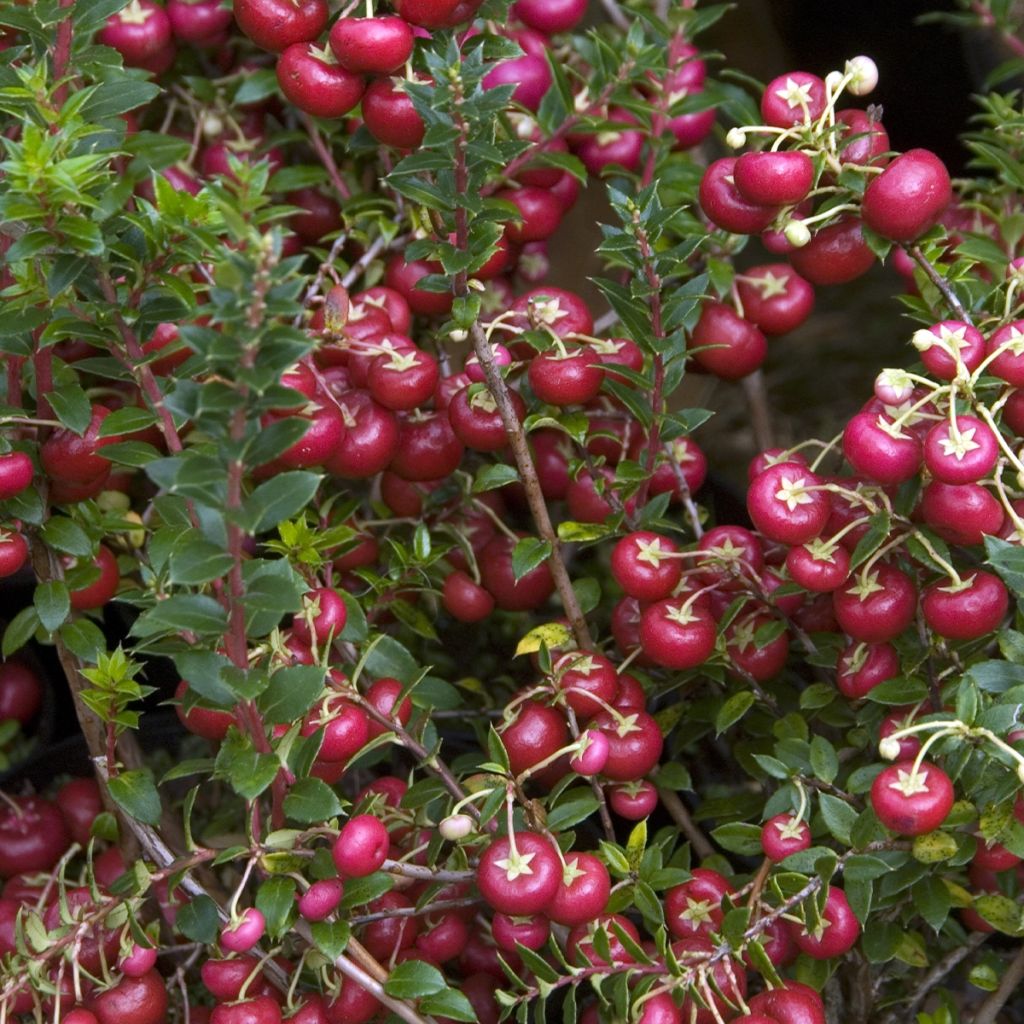

Pernettya mucronata
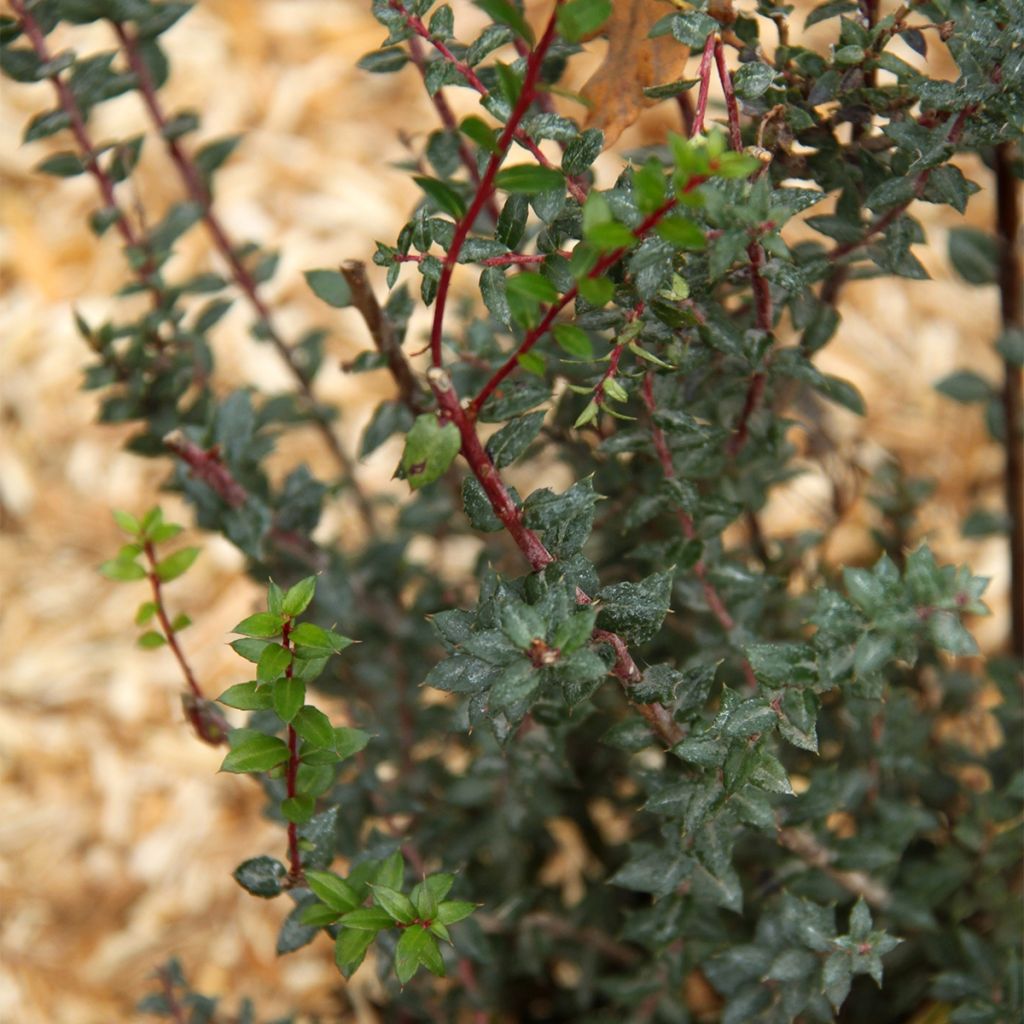

Pernettya mucronata


Pernettya mucronata
Pernettya mucronata
Pernettya mucronata
Prickly Heath, Chilean Pernettya
Special offer!
Receive a €20 voucher for any order over €90 (excluding delivery costs, credit notes, and plastic-free options)!
1- Add your favorite plants to your cart.
2- Once you have reached €90, confirm your order (you can even choose the delivery date!).
3- As soon as your order is shipped, you will receive an email containing your voucher code, valid for 3 months (90 days).
Your voucher is unique and can only be used once, for any order with a minimum value of €20, excluding delivery costs.
Can be combined with other current offers, non-divisible and non-refundable.
Why not try an alternative variety in stock?
View all →This plant carries a 24 months recovery warranty
More information
We guarantee the quality of our plants for a full growing cycle, and will replace at our expense any plant that fails to recover under normal climatic and planting conditions.
Would this plant suit my garden?
Set up your Plantfit profile →
Description
Pernettya mucronata, or Gaultheria mucronata (the two genera were merged into one, Gaultheria, in 1990), is a small heathland shrub, remarkable for its decorative fruits in autumn and winter. It displays numerous red berries from September, which contrast well with the dark green evergreen foliage. Resistant to frost, they can remain on the plant practically until the next flowering. From May onwards, small white bell-shaped flowers typical of the Ericaceae family, to which Gaultheria belongs, appear. Tolerating morning sun, this shrub thrives in partial shade, in cool and acidic soils. It takes several years to establish itself well and then suckers to form wide cushions 1.20 m (3 ft 11 in) wide and 1 m tall, without becoming invasive.
Pernettya belongs to the Ericaceae, a large plant family comprising about a hundred genera, the most well-known being Rhododendrons, blueberries, heathers (genera Erica, Calluna, Daboecia)... In general, they are known as "heathland plants", i.e. plants that grow in soils composed of organic matter with an acidic pH, with a few exceptions (Mediterranean heather Erica multiflora also grows in slightly alkaline soils...). They can also be recognised by their flowers, usually bell-shaped due to the fusion of the petals (they are called "gamopetalous").
Gaultheria therefore flowers around May, displaying pretty little white bell-shaped flowers characteristic of its botanical family. This rather discreet flowering is nonetheless visible against the shrub's dark green foliage, and its small bell-shaped flowers, about 1 cm (0.4 in) in size, are reminiscent of lilies of the valley. They give rise from September to small berries, 1 cm (0.4 in) or more in diameter, shaped like slightly flattened spheres. Their red colour is particularly decorative, and as they can withstand temperatures as low as -8 to -10 °C (17.6 to 14 °F), they can persist on the plant until the following spring, depending on the year.
Note that this species is dioecious, meaning that individual plants are either male or female, so they should be planted together to ensure good fruiting (1 male plant for every 4 to 5 female plants). Also, be cautious in the garden, as these lovely little fruits are toxic.
In terms of cultivation requirements, Pernettya fits perfectly into the typical general framework of Ericaceae, with a preference for acidic soils (no tolerance for limestone), remaining fresh, especially in summer. This shrub can be planted in the sun in cool climates, but it fears excessive sunlight combined with high temperatures, so in such climatic conditions, it is best to plant it in partial shade.
For lovers of heathland plants who do not have suitable soil, this shrub can be planted in a container, taking care to choose a suitable acidic potting mix, a location protected from direct sunlight, and regular watering. In a garden with acidic or neutral soil enriched with peat, Pernettya can be planted in a bed at the foot of taller heathland plants. Classic options include camellias or rhododendrons, but more original combinations can be created with mountain laurels (Kalmia) with their superb white, pink, or red blooms. The lesser-known but remarkable Sourwood will also be a suitable companion, with its flamboyant autumn colouration enhanced by the contrast with the dark foliage of the Gaultheria.
Report an error about the product description
Pernettya mucronata in pictures


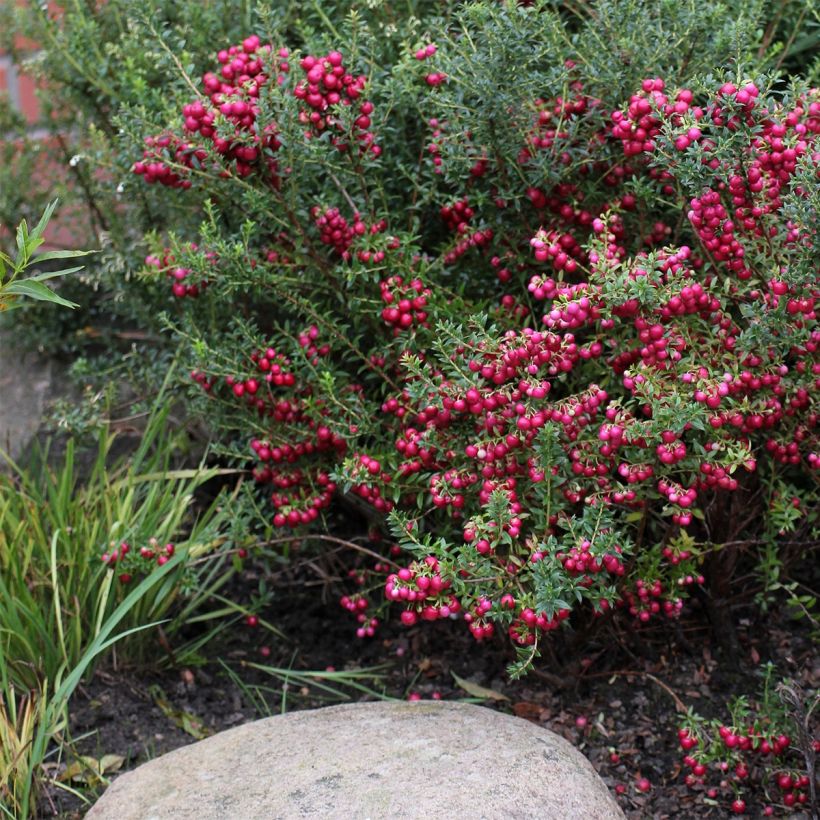

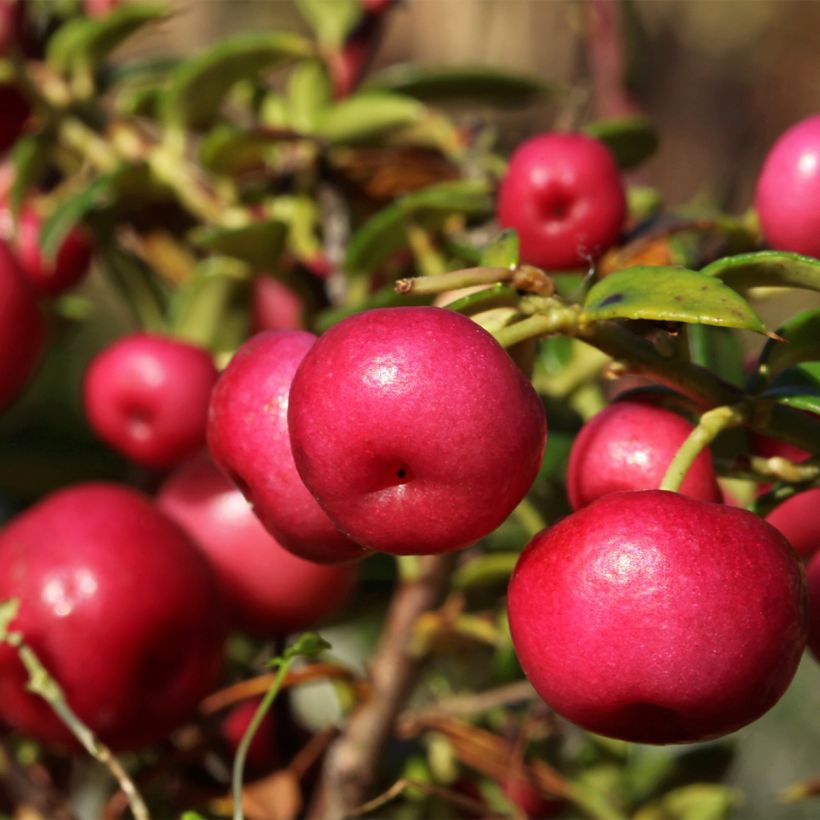

Plant habit
Flowering
Foliage
Botanical data
Pernettya
mucronata
Ericaceae
Prickly Heath, Chilean Pernettya
Cultivar or hybrid
Other Shrubs A to Z
View all →Planting and care
For planting in open ground, dig a hole at least 60 cm (23.6 in) wide and deep, or even deeper in neutral soils. In this case, it is necessary to enrich the soil with peat, to be mixed with the existing soil, as well as with ericaceous compost (50% existing soil, 50% added soil). Soak the shrub's root ball in a lime-free water bucket before planting to fully saturate it, and water abundantly after filling the planting hole. Planting in autumn allows the plant to benefit from winter rains, so it is recommended.
Monitor watering carefully during the growing season, as the soil should never dry out. This shrub grows slowly at the beginning, taking 2 to 3 years to establish well. Then, it will sucker to spread and form ground cover cushions. As the roots are quite shallow, it will not become invasive and it is easy to limit its growth if necessary.
Planting period
Intended location
Care
Planting & care advice
This item has not been reviewed yet - be the first to leave a review about it.
Similar products
Haven't found what you were looking for?
Hardiness is the lowest winter temperature a plant can endure without suffering serious damage or even dying. However, hardiness is affected by location (a sheltered area, such as a patio), protection (winter cover) and soil type (hardiness is improved by well-drained soil).

Photo Sharing Terms & Conditions
In order to encourage gardeners to interact and share their experiences, Promesse de fleurs offers various media enabling content to be uploaded onto its Site - in particular via the ‘Photo sharing’ module.
The User agrees to refrain from:
- Posting any content that is illegal, prejudicial, insulting, racist, inciteful to hatred, revisionist, contrary to public decency, that infringes on privacy or on the privacy rights of third parties, in particular the publicity rights of persons and goods, intellectual property rights, or the right to privacy.
- Submitting content on behalf of a third party;
- Impersonate the identity of a third party and/or publish any personal information about a third party;
In general, the User undertakes to refrain from any unethical behaviour.
All Content (in particular text, comments, files, images, photos, videos, creative works, etc.), which may be subject to property or intellectual property rights, image or other private rights, shall remain the property of the User, subject to the limited rights granted by the terms of the licence granted by Promesse de fleurs as stated below. Users are at liberty to publish or not to publish such Content on the Site, notably via the ‘Photo Sharing’ facility, and accept that this Content shall be made public and freely accessible, notably on the Internet.
Users further acknowledge, undertake to have ,and guarantee that they hold all necessary rights and permissions to publish such material on the Site, in particular with regard to the legislation in force pertaining to any privacy, property, intellectual property, image, or contractual rights, or rights of any other nature. By publishing such Content on the Site, Users acknowledge accepting full liability as publishers of the Content within the meaning of the law, and grant Promesse de fleurs, free of charge, an inclusive, worldwide licence for the said Content for the entire duration of its publication, including all reproduction, representation, up/downloading, displaying, performing, transmission, and storage rights.
Users also grant permission for their name to be linked to the Content and accept that this link may not always be made available.
By engaging in posting material, Users consent to their Content becoming automatically accessible on the Internet, in particular on other sites and/or blogs and/or web pages of the Promesse de fleurs site, including in particular social pages and the Promesse de fleurs catalogue.
Users may secure the removal of entrusted content free of charge by issuing a simple request via our contact form.
The flowering period indicated on our website applies to countries and regions located in USDA zone 8 (France, the United Kingdom, Ireland, the Netherlands, etc.)
It will vary according to where you live:
- In zones 9 to 10 (Italy, Spain, Greece, etc.), flowering will occur about 2 to 4 weeks earlier.
- In zones 6 to 7 (Germany, Poland, Slovenia, and lower mountainous regions), flowering will be delayed by 2 to 3 weeks.
- In zone 5 (Central Europe, Scandinavia), blooming will be delayed by 3 to 5 weeks.
In temperate climates, pruning of spring-flowering shrubs (forsythia, spireas, etc.) should be done just after flowering.
Pruning of summer-flowering shrubs (Indian Lilac, Perovskia, etc.) can be done in winter or spring.
In cold regions as well as with frost-sensitive plants, avoid pruning too early when severe frosts may still occur.
The planting period indicated on our website applies to countries and regions located in USDA zone 8 (France, United Kingdom, Ireland, Netherlands).
It will vary according to where you live:
- In Mediterranean zones (Marseille, Madrid, Milan, etc.), autumn and winter are the best planting periods.
- In continental zones (Strasbourg, Munich, Vienna, etc.), delay planting by 2 to 3 weeks in spring and bring it forward by 2 to 4 weeks in autumn.
- In mountainous regions (the Alps, Pyrenees, Carpathians, etc.), it is best to plant in late spring (May-June) or late summer (August-September).
The harvesting period indicated on our website applies to countries and regions in USDA zone 8 (France, England, Ireland, the Netherlands).
In colder areas (Scandinavia, Poland, Austria...) fruit and vegetable harvests are likely to be delayed by 3-4 weeks.
In warmer areas (Italy, Spain, Greece, etc.), harvesting will probably take place earlier, depending on weather conditions.
The sowing periods indicated on our website apply to countries and regions within USDA Zone 8 (France, UK, Ireland, Netherlands).
In colder areas (Scandinavia, Poland, Austria...), delay any outdoor sowing by 3-4 weeks, or sow under glass.
In warmer climes (Italy, Spain, Greece, etc.), bring outdoor sowing forward by a few weeks.































